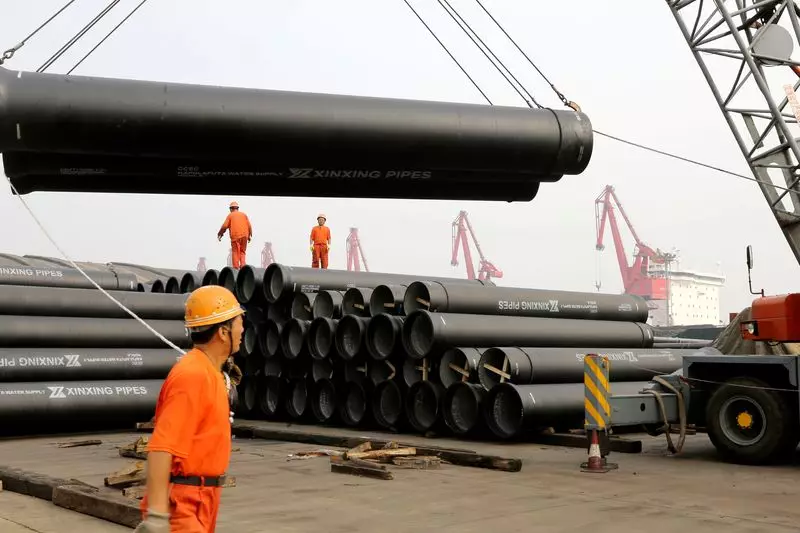In a positive turn of events for China’s economy, recent data reveals that manufacturing activity experienced a notable increase in October. The Caixin/S&P Global Manufacturing Purchasing Managers’ Index (PMI) rose to 50.3, surpassing expectations and marking a significant improvement from September’s reading of 49.3. This uptick suggests a shift back towards growth, buoyed primarily by a surge in new orders, which have fueled production efforts as the nation enters the final quarter of the year.
This finding aligns with an official manufacturing survey released just a day prior, which also hinted at a rebound for the first time since April. Such developments are critical for an economy that has been grappling with a series of challenges, including a sluggish property market and low consumer confidence. As the Chinese government implements stimulus measures to bolster economic performance, the latest data offers a glimmer of hope for a recovery trajectory aiming towards the country’s projected growth target of around 5%.
Market participants are closely monitoring the government’s strategies to address economic fragility, especially in light of recent concerns regarding debt issuance. Reports indicate that the Chinese authorities may approve a new wave of debt that could exceed 10 trillion yuan (approximately $1.4 trillion) in the coming years. The plan hinges on the need for additional financial support to reinvigorate an economy stifled by ongoing issues in the property sector and lackluster consumer spending.
The private-sector survey illustrates a robust increase in incoming new orders, which have surged at their fastest rate in four months. This improvement has not only rejuvenated production rates, marking the quickest pace since June, but has also cultivated a sense of confidence among manufacturers. Optimism levels reached a five-month high, reflecting a renewed belief in the sector’s potential for recovery and growth.
Despite this positive momentum, challenges remain firmly entrenched in the labor market. The manufacturing sector witnessed the fastest rate of job losses since May, as companies continue to reduce their workforce, opting to minimize the hiring of temporary staff. This contraction casts a shadow over the overall optimism, suggesting that while production and new orders are on the rise, the employment situation is a pressing concern that cannot be overlooked.
Furthermore, export orders have faced ongoing contraction, signaling potential headwinds in international markets. Investors are particularly wary of the implications a Republican win by Donald Trump in the upcoming U.S. presidential election could have, especially if it results in heightened tariffs on Chinese goods. This uncertainty coupled with a struggling global economic landscape poses significant risks to China’s manufacturing exports, a key area of growth for the nation’s economy this year.
Although the manufacturing sector has shown signs of recovery, the path forward is complex and riddled with challenges. The ability to meet China’s 2024 growth targets will largely depend on revitalizing consumer demand—a vital element for sustainable economic stability. As the country moves forward, focused efforts on addressing labor market pressures and export challenges will be crucial for maintaining upward momentum in the manufacturing sector, and ultimately, for the economy as a whole.

